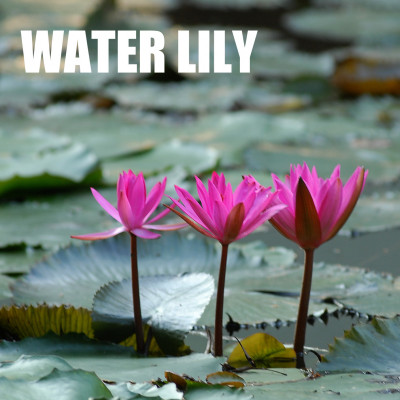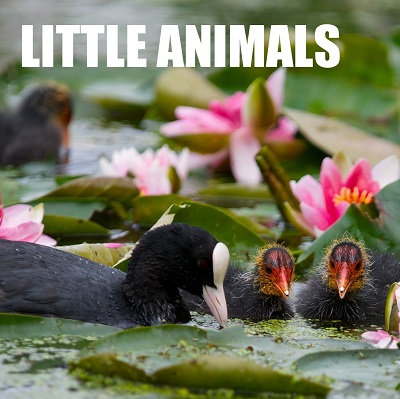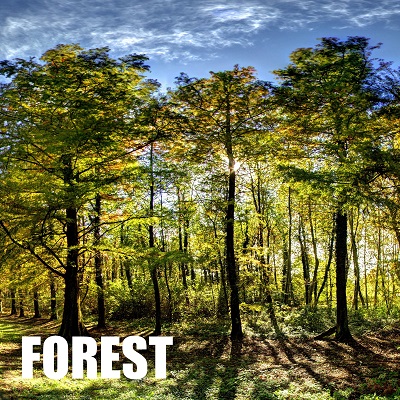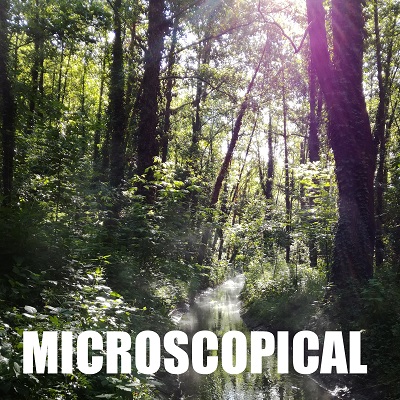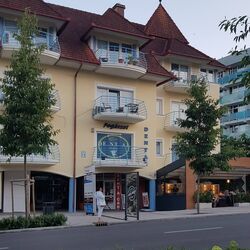The flora and fauna of the lake is unique due to the temperature and chemical composition of the water. Some species of the Hungarian flora and fauna can only be found here.
Water lilies in the lake
We may say it with good reason that the most unique plants of Lake Hévíz are the water lilies. The English physician and traveller Richard Bright also commemorated these special flowers in his book from 1815. White water lilies are autochthonous in the lake – although they have almost vanished, but a lot of them can be found in the sluice. In the end of the 1800s several attempts were made to plant various types of water lilies, of which the acclimatization of the Indian red water lily was successfully accomplished. The Indian red water lily was acclimatized in 1898 by Lovassy Sándor, a lecturer of the Academy of Economics in Keszthely.
Since then the flower has become a real symbol of the town.
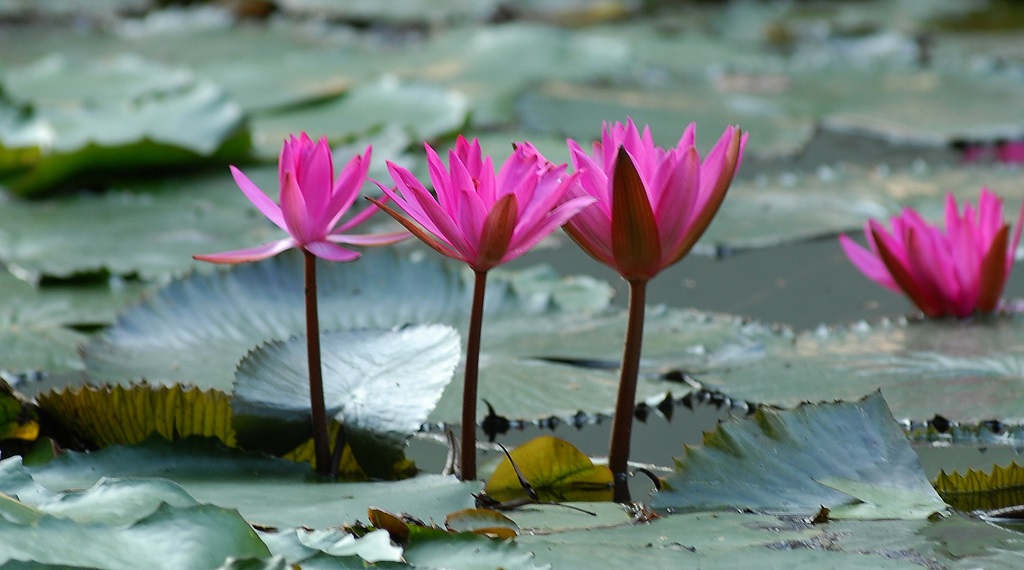
Did you know that
- the home of the red water lily is actually the tropical Bengal, Eastern India?
- a stem develops even 10 to 20 leaves during a summer?
- the flowers open late at night and only close the next morning?
- blooming lasts from June to late November?
- the flowers are not only aesthetically important, but also play a significant role in decreasing the cooling of the water?
- the stolons trailing all over the bottom protect the medicinal mud?
Little animals
In addition to the flora, the fauna of the lake is also very diverse. Small unicellular organisms and vertebrates live here too. They do not disturb bathers, because only those will become aware of their existence who persistently search for them. The lake and its environment make home for plankton-crabs, water-snails, fish, dragonflies, leaf- and rose beetles, and even many species of butterflies.
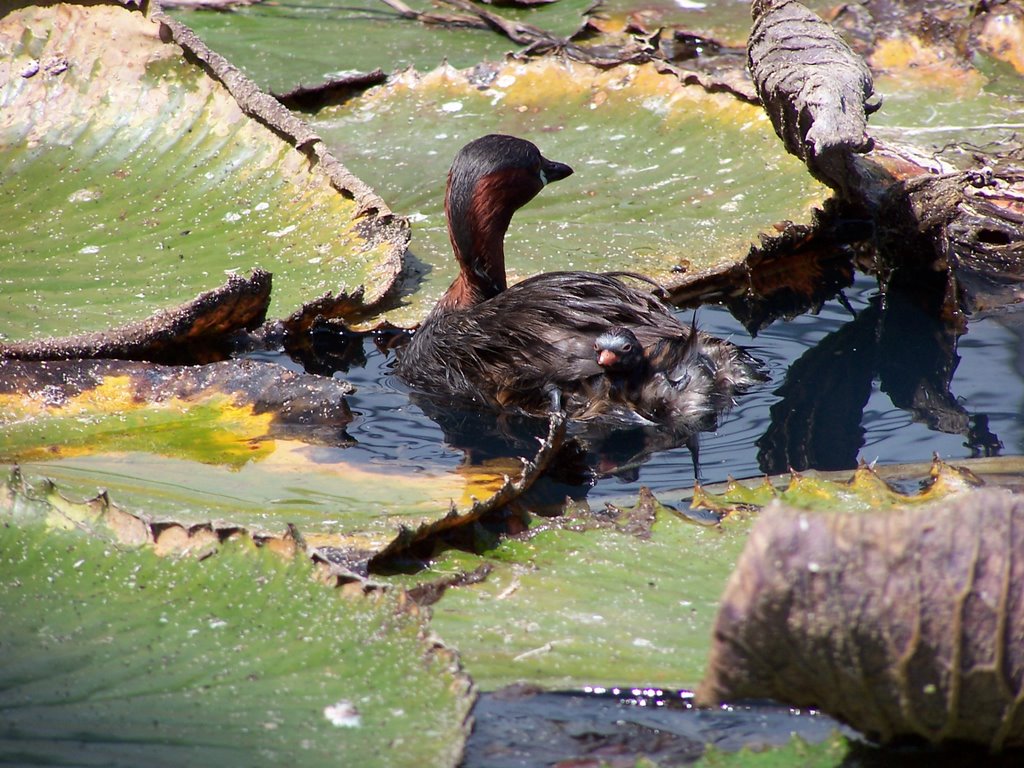
Did you know that
- 66 kinds of snail live in and around the lake?
- common carp and tench are autochtonous species of fish? However, you can also meet the mosquitofish, the Prussian carp or the pumpkinseed sunfish.
- in addition to the edible frog, also the marsh frog and the European fire-bellied toad live here?
- the European pond turtle, the smooth newt and some grass snakes come sometimes into view in the sedge marsh?
- the surroundings of the sluice are swarmed by wild ducks in the autumn and spring? The mute swans, black-headed gulls and Eurasian coot can find shelter here in the winter.
- tourists sometimes can see water shrew, common shrew or European mole?
Protection forest, park
Everybody takes delight in the colourful sight of water-lilies covering the surface of the lake. The red Indian water-lily was brought to Hungary in 1898 by Sándor Lovassy, the teacher of the Academy of Economy in Keszthely.
These days the indigenous white water-lily of the Lake occurs mostly in the drainage canal due to the purification. The strictly protected plants are in bloom from the beginning of summer to the end of November. Water-lilies are significant for two reasons; in one hand, their leaves slow down the evaporation of the lake and on the other hand their runners all around at the bottom of the Lake protect the medicinal mud.
The Berki Study Trail still unknown by most people, however, there are several sights worth visiting in the course of a walking tour. The Trail covers the Lake of Hévíz and the surrounding moor as well as its flora and fauna which is unique not only in Hungary but in Europe as well.
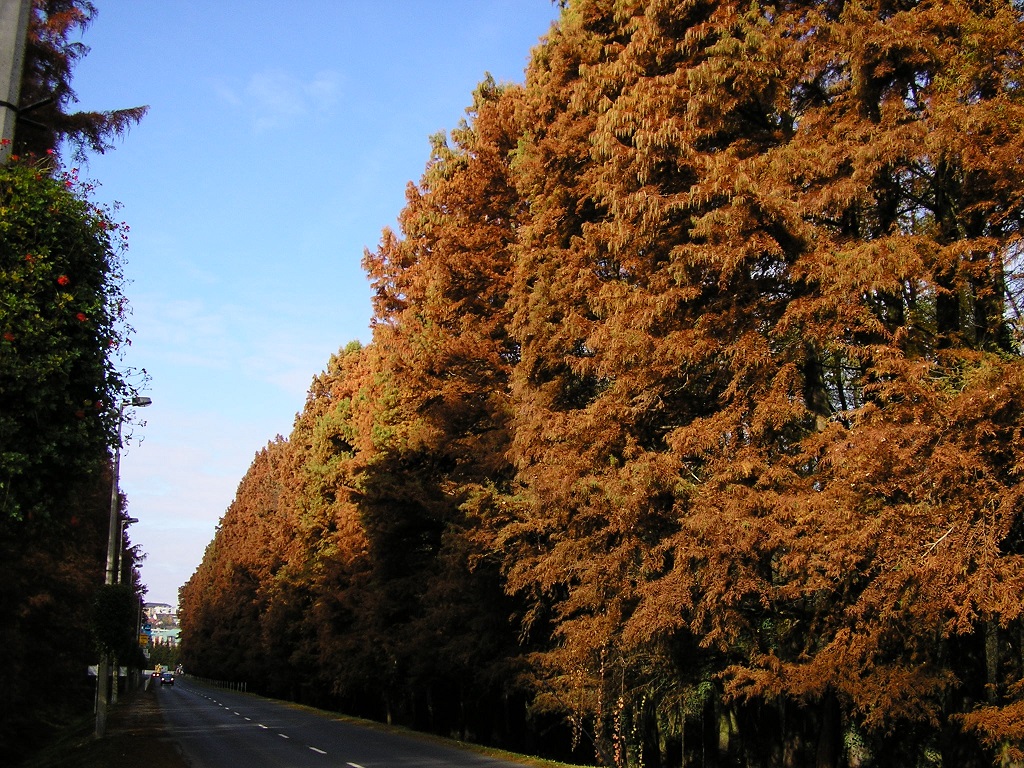
Under the microscope...
Typical plants of the heat spring are blue-green algae, whose certain species are able to live in high temperature because of the special composition of their proteins. Thiobacteria are also typical inhabitants of the lake, they are able to store the sulphur excreted from the water in their cells. Different strains of bacteria living in the lake make the water of the lake antiseptic.
Also one of the special species of micromonospora lives in the lake, which is called ‘micromonospora heviziensis’ after its residence – since it has not been known before. It is a powerful protein- and cellulose decomposer, therefore it is an important organism of the underwater soil of the lake.
The actinomycetes species also discovered in Hévíz is said to be special as well: it can only be found here in Central Europe. It accumulates iodine crystals in its cells and in their environment.

